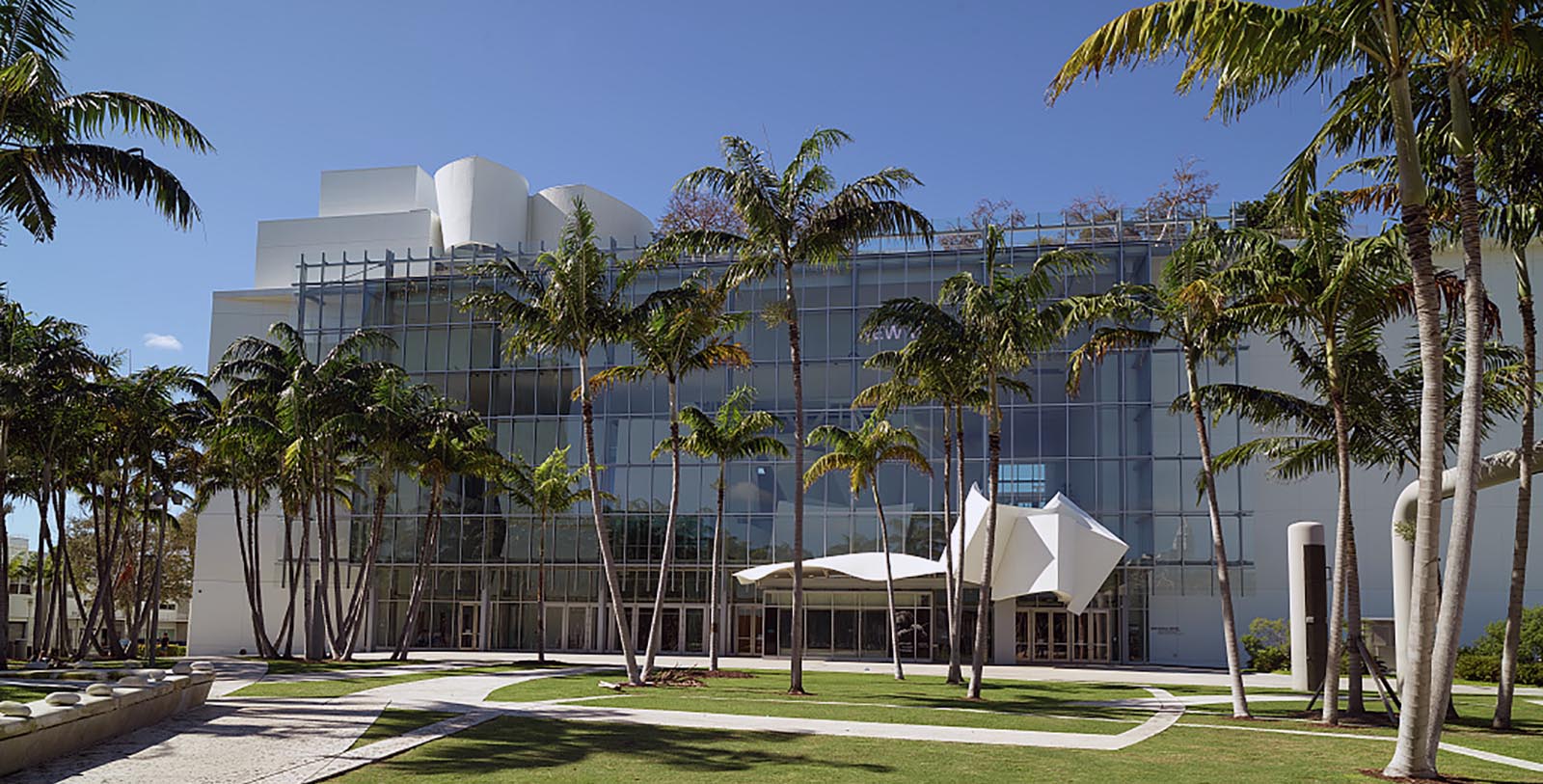Receive for Free - Discover & Explore eNewsletter monthly with advance notice of special offers, packages, and insider savings from 10% - 30% off Best Available Rates at selected hotels.
explore
-
Explore the famous Miami Beach Boardwalk, which stretches for seven miles through some of the most covetable real estate in the United States, spanning from just south of Surfside to the southern point of South Beach. Developed during the early 20th century, the Miami Beach Boardwalk has been a celebrated local landmark for more than 100 years. With its well-maintained paths, oceanfront vistas, views of some of South Beach's most spectacular hotels and condos, and access to the Lincoln Road pedestrian mall, the boardwalk is one of the best ways to traverse the stunning Miami Beach Architectural District. Make multiple stops along the way for a quick bite or drink or a look at one of the street performers or art stands while the ocean breeze whizzes by.
-
Revel in Miami's spicy side in Little Havana. Miami-Dade County is home to more than 1,200,000 Cuban Americans, over half the population of all Cuban immigrants in the United States, and the heart and soul of the community can be found along the kaleidoscopic streets of Little Havana. Here, roaming chickens can be seen clucking around the feet of rainbow-like painted rooster statues, and salsa music and cigar smoke spill out of vibrant storefronts and restaurants in equal measure. This lively neighborhood has something in store for visitors day or night, whether drinking down cafecitos (shots of Cuban espresso topped with sweet and frothy crema), shopping for a crisp Cuban-style guayabera shirt, strolling the Calle Ocho Walk of Fame, or salsa dancing the evening away. For a true slice of life in Little Havana, be sure to visit Máximo Gómez Park, where suntanned Cuban retirees gather to talk trash and gossip over a cup of coffee and a game of dominoes.
-
Be transported to the streets of the French and Spanish Rivieras with a stroll down Española Way. Opened as an artists' colony in the early 1925, Española Way was the first commercial development to open on Miami Beach. Lined with leafy palm trees and peachy stuccoed buildings crowned with red tile roofs and quaint striped awnings, this charmingly bohemian pedestrian street often feels closer to the Mediterranean than Miami. Visit during the evenings when strings of bistro lights twinkle above and the sultry strains of salsa, samba, and jazz ooze out of the two-block corridor's resident restaurants. Or, stop by during the daytime for Saturday morning yoga à la Española, a weekend makers market, and shopping for hand-rolled Cuban cigars.
-
See a different side of Miami in the vibrant Wynwood Arts District. Located just north of downtown Miami, Wynwood was once a gritty neighborhood known for its warehouses and factories. While the warehouses remain, the former industrial hub has received a major glow-up, with contemporary art galleries, trendy restaurants and shops, and colorful murals blanketing what feels like every wall. While the artsy area is well worth a visit for the street art alone (20 minutes of exploring is enough to take it all in, including works by some of the most famous muralists and graffiti artists in the world), guests will also find some of the best food in Miami, funky boutiques, and creative spaces like Bakehouse Art Complex, an art incubator housed in a former industrial bakery, and The Margulies Collection at the Warehouse.


































